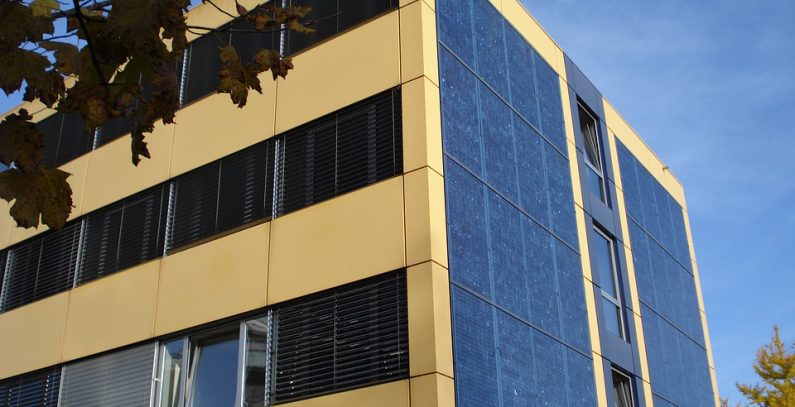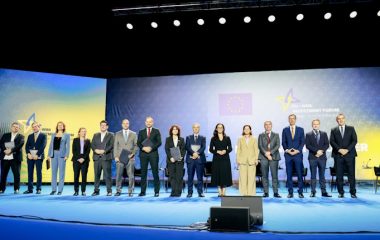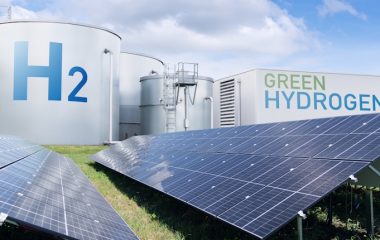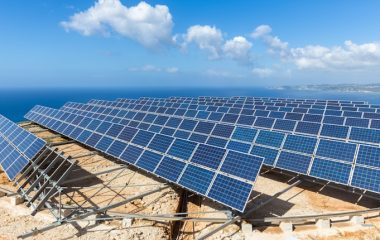
Photo: Christiane M./Pixabay
Share
DTU, Technical University of Denmark, is joining forces with the Danish Technological Institute and a number of enterprises in a new research project to test and refine a new type of solar cell modules, which are – among other features – to be colorable, so that they can be incorporated in and adapted to the appearance of the individual building.
“One of the things that we’re examining in the project is how the solar cell modules can be colored without compromising their performance. Energy consumption in buildings accounts for nearly 40 per cent of the total energy consumption in Denmark, and integration of solar cells in building materials is therefore increasingly important in the target to become independent of fossil fuels by 2050,” explains Peter Poulsen from DTU Fotonik, who heads the research part of the new project.
New coloring method
Many different methods for coloring solar cells have already been tested – both in Denmark and internationally. The challenge is that the coloring easily risks reducing the capacity of the solar cells to capture sunlight, DTU writes in its project story.
“However, Danish Solar Energy Ltd. has now developed a method for manufacturing colored solar cell modules. This method entails that the solar cells are installed behind a special transparent film, which hides the solar cells while having very little impact on their performance. The film has the advantage that it can be colored in the desired color. And this is the method which we’re now helping to refine through our research,” says Peter Poulsen.
When the project has been concluded, it should hopefully result in a new type of solar cell modules which can be adapted to the different requirements of most buildings and customers. To ensure aesthetic solutions, the project also involves architects.
“Imagine a company logo with built-in solar cells, so that the logo produces energy together with the rest of the roof without the solar cells being visible. This is what we would like to achieve. The aim is to be able to color solar cells so that they are similar to tiles, slate, and patterns, and are adaptable to virtually all buildings,” says Peter Poulsen.
He adds that the project work also includes attempts to combine colorized solar cell modules with insulation, in which the solar cells are provided with insulation plates for prevention of energy loss.
New laboratory tests the solutions
The project solutions are tested in a new solar cell laboratory, which has just been built at DTU Risø Campus to give both researchers and industry access to develop, build, and test solar modules of all types and sizes.
“In Denmark, we cannot compete on making inexpensive solar cells. However, we can contribute to ensuring the technological solutions of tomorrow when it comes to building-integrated solutions. We have some strong companies and extensive know-how, which can put us at the forefront when we work together. And now we also have optimal conditions to test the solutions in our new state-of-the-art laboratory,” explains Peter Poulsen.
He expects that the new colored solar cell modules in the project will be ready in 2020.
Project partners
- The Danish Technological Institute has expertise in building materials and solar cell systems.
- ROCKWOOL produces rock wool-based products and collaborates with Danish Solar Energy Ltd. on the development of a solar cell roof product.
- Danish Solar Energy Ltd. has created the new module design and operates one of the few Danish production facilities for solar cell modules.
- Solartag has experience in solar modules for roof and mounting systems and performs the practical evaluation of the system and builds the demo systems.
- Tegnestuen EFFEKT monitors product development from an aesthetic perspective.
- SolarCityDenmark contributes to the dissemination of the results.
The project is supported by the Energy Technology Development and Demonstration Program (EUDP)—a public subsidy scheme which supports new energy technologies.









Be the first one to comment on this article.